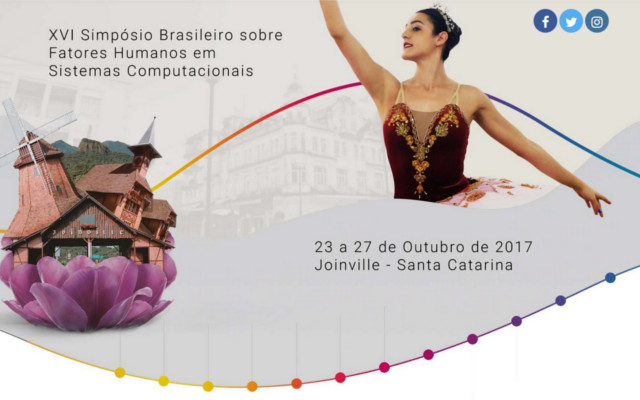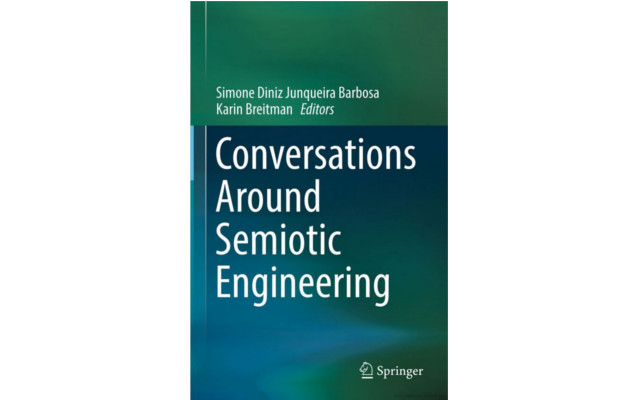CEIHC
CEIHC is the special Human Computer Interaction (IHC) committee of SBC (Brazilian Computer Society) whose objective is to promote interaction between researchers, professionals and students interested in the various disciplines and their interdisciplinarity. Among them are: Computer Science, Arts, Design, Ergonomics, Psychology, Sociology, Semiotics and Linguistics.
Subscribe to the IHC community discussion list (ihc-l), hosted at SBC
Follow us on Facebook and Instagram!
Events
CEIHC is responsible for the Brazilian Symposium on Human Factors in Computing Systems (IHC), since 1998 the main HCI event in Brazil.
CEIHC also supports other events in the area such as the Latin American Conference on Human Computer Interaction (CLIHC) and Iberoamerican Conference on Human Computer Interaction.
Journal
CEIHC, in collaboration with the Games and Virtual Reality Communities, is responsible for the JIS – Journal on Interactive Systems: an open access journal free for both readers and authors that disseminates high quality research results in areas related to the design and evaluation of interactive computing systems and their impacts on society.
Through the CEIHC, SBC maintains close ties with the activities of other scientific societies in the HCI area, such as the Association for Computer Machinery, Special Interest Group on Human-Computer Interaction – ACM SIGCHI and the International Federation for Information Processing, Technical Committee on Human-Computer Interaction – IFIP TC 13 .
News
IHC 2017
Joinville will host the XVI edition of the Brazilian Symposium on Human Factors in Computational Systems. Main event in the area of Human-Computer Interaction in Brazil, the IHC annually brings together industry professionals, professors, researchers and students interested in scientific and practical research related to the creation, construction and evaluation of computer solutions for use by people. Click and see more about the event on the Official IHC 2017 website.
Representatives of CEIHC participated in CSBC 2017
Held at the Presbyterian University Mackenzie Campus Higienópolis, in São Paulo. Professors Carla Faria Leitão and Raquel Prates, taught the mini-course “The Application of Qualitative Methods in Computing”. Professor Simone J. Barbosa lectured on “Data Interaction”. The teacher Silvia Amélia Bim and Cristiano Maciel represented the community in the Digital Girls. Professor Cristiano Maciel and trainee Rodrigo Venâncio Veríssimo attended the meeting of special committees
Conversations Around Semiotic Engineering
Demonstrating the influence of Semiotic Engineering in Human-Computer Interaction, this book focuses on the work of one of the pioneers of the field – Clarisse de Souza – and her influence on this broad and wide-ranging area of research. It contains a selection of essays written by those that have worked with her over the years and will encourage readers to extend their reading and research in this area.





